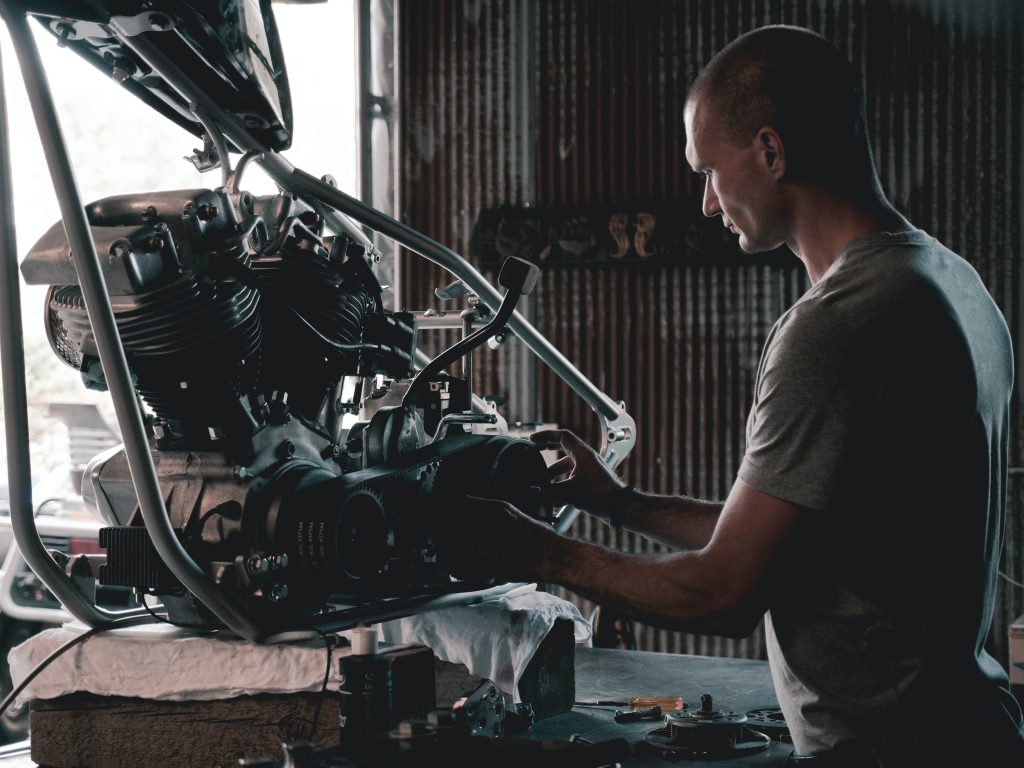Are you thinking about restoring a classic car to its formal glory? There is a lot of planning and research to be done before you start working on an old vehicle. Keep reading for some tips to consider before you start your next project.
Find the right model for you.

One of the most critical parts about restoring a classic car is finding one that you can work on realistically. Try to find a make and model that has replacement components you can easily access, and doesn’t have extensive damage that you can’t fix. Inspect any prospective car thoroughly, and check for things like rust, oil leaks, or loose parts. Try to test drive the vehicle, too, so you can feel how it runs.
A popular place to find classic cars to restore is at car auctions. Car lovers from all over any given area bring their vehicles to auctions, and there are dozens of different models on which you can bid. You can search for local auctions online or contact local auction workers to ask when the next one will be. There are also online auctions you can use to bid on your dream restoration car. Again, make sure you read everything you can about any possible purchase, and ask your seller any questions you may have.
Put a plan together.

Once you have your vehicle, take the time to write out a detailed plan of action. Restoring a classic takes lots of hard work, and you want to plan your build as thoroughly as possible to help you stay organized. Make sure you do things in a logical order, like completing mechanical repairs before you work on the body, so you don’t mess up new bodywork.
Writing a detailed plan will also help you decide how you want your final product to look. Choosing a paint color, interior, and any performance upgrades before you start will ensure that you end up with everything you want. Your plan will also help you stick to your budget and outline any outside help you may need.
Budget.

Budgeting goes hand-in-hand with your build plan. You should know exactly how much you want to spend on the purchase of your car, and then you should write down any estimated costs for the restoration itself. Restoring a classic car is not cheap, and sticking to a budget will help you save money over time. After you settle on a budget, add an emergency fund to it in case any surprises come up. You can also ask a mechanic to help you determine how much money you should spend on certain repairs.
Invest in high-quality tools.

Long-lasting power tools are essential for rebuilding a car. You’re going to get a lot of use out of them, so it’s worth it to invest in the best tools you can find. Some of the necessary power tools you’ll need are a power drill, a jack, and an air compressor. Make sure you also have basics like wrenches, a hammer, and screwdrivers.
You can also invest in kits, which have all the tools you need for specific repairs. An example of a useful one is a headlight restoration kit. Working headlights are crucial to drive safely, and the best headlight restoration kit will take your foggy headlights and make your lenses look brand new. You can also find packages to restore your other lights, like your directional lights and fog lights.
Stay positive.

Restoration projects are time-consuming, expensive, and they can get stressful when you run into obstacles. Once you get through all the struggles and finish your project, however, you’ll see it was all worth it. Try to stay as optimistic as possible throughout your experience, and remember why you started in the first place.
I’m a 20-something stay-at-home mother and wife. I have an amazing husband, a beautiful daughter, two loving dogs, and a lazy cat. I wouldn’t change my life for anything! I love to read, listen to music, cook and blog!

Speak Your Mind